The market for antiquarian books and artifacts has undergone significant evolution, driven by changes in cultural interests, technological advancements, and global economic factors. Here's a look at its historical progression and the current trends shaping this fascinating field:
Historical Evolution of the Market
-
Early Collecting (16th-18th Centuries):
- Antiquarian collecting began as a pursuit for scholars, bibliophiles, and the elite. Early collectors valued manuscripts and books for their historical, religious, or aesthetic significance.
- Libraries of aristocrats and institutions like the Vatican played a central role in preserving rare artifacts.
-
19th Century:
- The rise of industrial wealth saw a surge in private collectors, particularly in Europe and the United States. This period also witnessed the growth of public libraries and museums, which actively acquired antiquarian works.
- Key sales, such as the dispersal of monastic libraries or the auctioning of private collections, fueled the market.
-
20th Century:
- Interest expanded beyond historical significance to include first editions, fine bindings, and works by specific authors or printers.
- Advances in printing and photography allowed for better cataloging and dissemination of information about rare books and artifacts.
-
Digital Era (1990s-2010s):
- Online platforms like AbeBooks, eBay, and later, specialized auction sites, democratized access to antiquarian materials.
- Globalization made it easier for collectors and dealers to transact across borders, increasing competition and transparency.
Current Trends Shaping the Market
-
Digital Transformation:
- Online Marketplaces: Sites like Biblio, Rare Book Hub, and auction platforms such as Sotheby’s and Christie’s have expanded their digital offerings, allowing collectors to bid from anywhere.
- Virtual Exhibitions: Dealers and fairs now offer virtual tours, appealing to tech-savvy buyers and those unable to travel.
-
Rise of Younger Collectors:
- Younger generations are showing interest in rare books and artifacts, often driven by niche interests such as fantasy literature, graphic novels, or culturally significant memorabilia (e.g., zines, signed copies).
- Social media platforms like Instagram and YouTube have created communities of collectors, fostering engagement and interest.
-
Focus on Provenance and Storytelling:
- Collectors increasingly value artifacts with rich provenance or items that tell a compelling story. A book owned by a notable historical figure or an artifact tied to a pivotal event often commands higher prices.
-
Interest in Marginalized Histories:
- There’s a growing demand for artifacts and books related to underrepresented voices, including works by women, LGBTQ+ authors, and authors of color. This reflects broader cultural shifts in how history is studied and celebrated.
-
Sustainability and Preservation:
- Conservation has become a priority, with collectors and institutions investing in technologies to ensure the longevity of rare books and artifacts.
-
Emergence of Non-Traditional Collectibles:
- Items like ephemeral prints (e.g., posters, tickets, broadsides) and manuscripts are gaining popularity, especially those tied to movements like civil rights or environmentalism.
-
Impact of Economic Fluctuations:
- Economic downturns tend to reduce discretionary spending, but high-quality and historically significant items often retain or increase their value as alternative investments.
-
NFTs and Digital Ownership:
- Some collectors are exploring NFTs tied to rare artifacts or books, providing digital proof of ownership or exclusive access to historical content.
-
Globalization of the Market:
- Collectors from emerging markets (e.g., China, India, and the Middle East) are becoming major players, often focusing on artifacts tied to their cultural heritage.
-
Hybrid Auction Models:
- Auction houses are combining live and online events to cater to a broader audience, leveraging technology to reach global bidders.
Future Outlook
- Personalization: AI and data analytics could offer collectors tailored recommendations based on their interests.
- Sustainability: As climate change poses risks to collections, emphasis on eco-friendly storage and preservation methods will grow.
- Cultural Resurgence: Increased interest in tangible artifacts as a counterpoint to digital culture may further boost the market.
The antiquarian book and artifact market remains vibrant, blending traditional values with modern innovations. Its adaptability ensures it continues to captivate collectors and historians worldwide.

